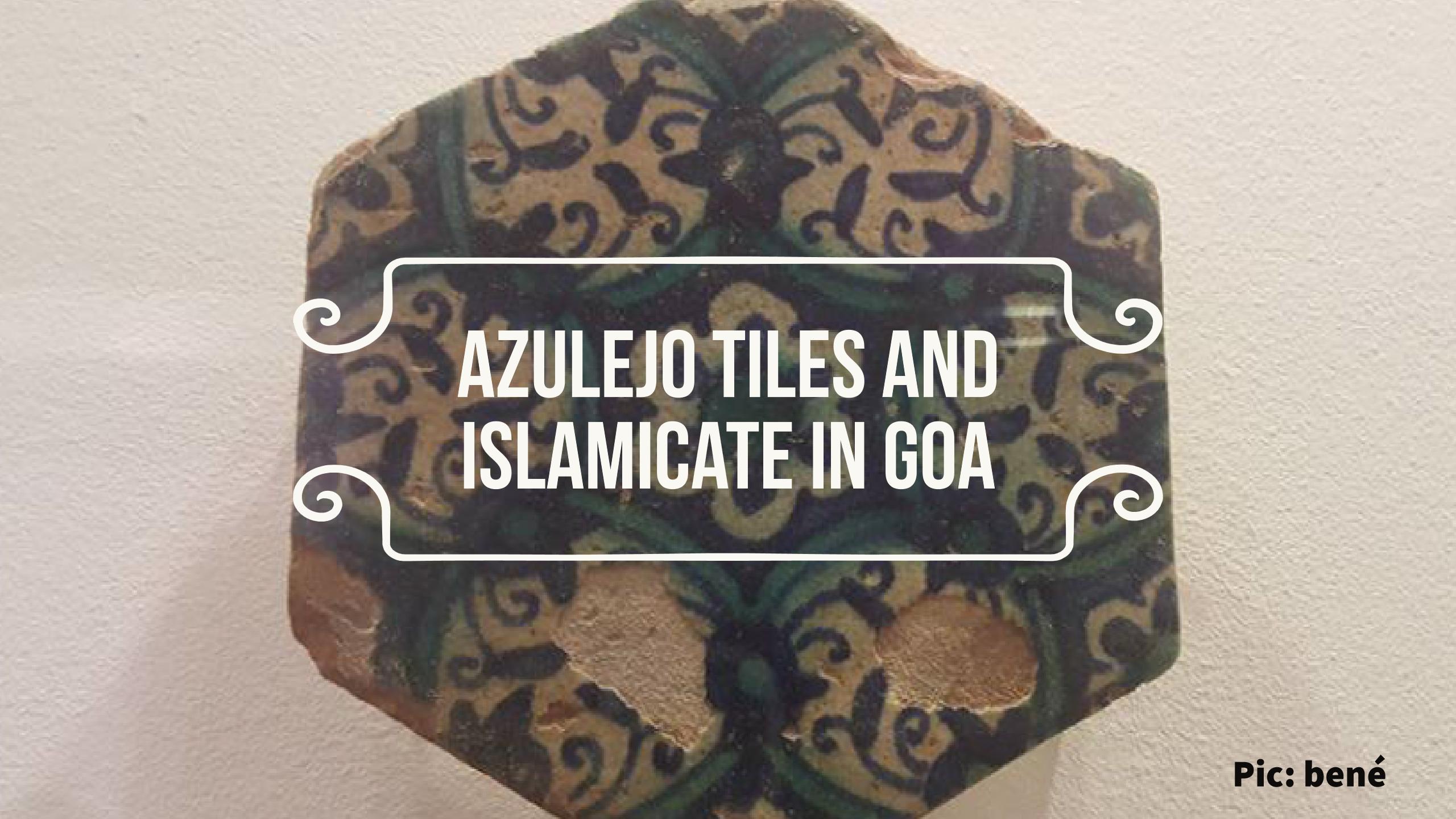Faith, Nation, Empire
By JASON KEITH FERNANDES
Text of lecture at Instituto de Filosofia e Ciências Humanas, Universidade Federal do Rio Grande do Sul (UFRGS), Porto Alegre.
5 November 2018
[Download PDF here.]
It would appear that the title for my presentation today is in sync with a time when there are at least two heads of state in America (and goodness knows where else) whose supporters believe them to be leaders or messiahs sent by God. I have to confess that while I phrased the title provocatively I was also aware that the intellectual position I occupy, one which is critical of liberalism and the operation of liberal democracy and seeks to look for alternatives to it, shares a common origin with the global processes that have led to the emergence of the kind of religiously tinged populism that we are witness to today. I would, of course, like to distinguish myself from these larger movements, while maintaining that what we are witness to is a breakdown of the certainties of liberalism, and with it liberal democracy, and that this breakdown is the result of the queries that were being leveled against liberalism for a long time now.






